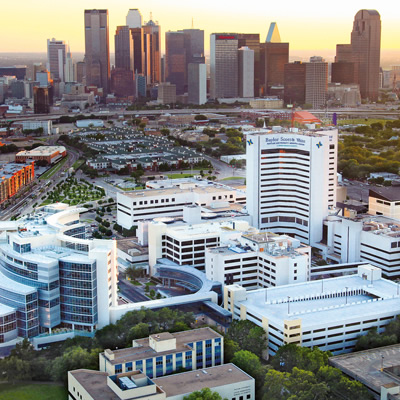What is peripheral vascular disease?
Peripheral vascular disease (PVD ) occurs when blood flow in one of the blood vessels outside of the heart slows or stops.
Your body depends on a vast network of blood vessels to carry blood to and from the heart. When you have PVD, blood can’t pass smoothly through one of these blood vessels. As a result, part of the body may not receive enough blood, or blood may pool or form a clot. PVD can increase your risk for other heart and vascular conditions, reduce your mobility and impact your quality of life.
PVD can affect the arteries, veins or both. A common type of PVD is peripheral artery disease (PAD), also known as peripheral arterial disease. PAD often affects the arteries in the legs and feet and can lead to leg pain when walking, as well as other symptoms.
Other types of PVD include:
- Chronic venous insufficiency: When a damaged vein struggles to send blood back to the heart
- Deep vein thrombosis: A type of blood clot that forms in veins deep inside the body
- Varicose veins: Enlarged veins just beneath the skin’s surface
Problems in the peripheral blood vessels tend to develop slowly and worsen over time. That’s why they’re most common after age 50. Early diagnosis and treatment give you the best chance of controlling symptoms and avoiding complications.
Peripheral vascular disease symptoms
You can have PVD and not experience any symptoms, but there are signs of the condition. One of the most important symptoms to watch for is discomfort or swelling in your lower legs. This may take the form of aches, cramps or a feeling of heaviness. You may notice this pain or discomfort when you walk or run, and it may go away with rest.
Other signs of PVD include:
- Bulging, itching or burning veins in the legs
- Cold, thin or bluish skin on the legs or feet
- Difficulty finding a pulse in your legs or feet
- Loss of hair on the legs or feet
- Nonhealing wounds
- Swelling or redness in an arm or leg
- Toenails that no longer grow
What causes peripheral vascular disease?
Several factors can lead to PVD, including an injury to a blood vessel or an infection. However, the most common cause is a condition called atherosclerosis, the gradual narrowing of the arteries due to plaque buildup.
Over time, fat, cholesterol and other substances can build up and form plaque in the arteries of your heart. As this plaque accumulates, the arteries become narrower, which reduces blood flow. This buildup is often part of a systemic condition, meaning it affects your entire body, and it can eventually lead to heart disease.
Atherosclerosis doesn’t just affect your heart. When it occurs in the arteries of the legs or other parts of the body, it can limit blood flow and lead to PAD.
Risk factors for PVD
There are certain PVD risk factors that you cannot control, including:
- Age: You have a higher risk if you’re older than 50.
- Race: African American people may be at a higher risk of experiencing PVD.
- Genetics: If you have a family history of peripheral blood vessel problems or related conditions.
Other risk factors for PVD, however, are well within your power to change.
These include:
- Diabetes
- Excess weight
- High blood pressure
- High cholesterol
- A sedentary lifestyle
- Smoking
You may be able to reduce your risk of PVD by:
- Exercising regularly
- Following a heart-healthy eating plan
- Getting to and maintaining a healthy weight
- Managing chronic conditions that may contribute to PVD, including diabetes, high blood pressure and high cholesterol
- Quitting smoking
What are the complications of PVD?
If left untreated, PVD can cause the following complications:
- Claudication: Muscle pain and cramping in your feet and legs due to reduced blood supply.
- Critical limb ischemia: This is a condition where, as your arteries become blocked, you experience chronic pain and can develop nonhealing wounds and ulcers on your feet.
- Infections: If you are living with wounds or ulcers on your legs and feet, you are at higher risk of developing an infection.
- Stroke and heart attack: With PVD, your risk of heart attack and stroke increases due to reduced blood flow to your heart and brain.
How do you diagnose PVD?
If you notice signs of PVD, tell your primary care provider, who may refer you to a vascular specialist. Your physician will ask about your health history and symptoms. They’ll also look for arm or leg swelling, skin changes and other signs of PVD.
Several tests can help determine whether you have a problem with a peripheral blood vessel.
Ankle-brachial index (ABI)
An ankle-brachial index measures blood pressure in your arms and ankles. Differences between the two can help your doctor determine whether you have PVD.
Angiography
Angiography is a type of imaging exam. Your physician will inject a special dye and use X-ray imaging to watch how your blood flows through your veins and arteries. The goal is to identify narrowing or blockages.
Exercise or treadmill test
These tests allow your physician to monitor how well blood flows through your veins and arteries during physical activity.
Vascular ultrasound
Vascular ultrasounds are imaging exams that use sound waves to create pictures of blood flowing through your blood vessels. The images can help your doctor find any blockages.
Peripheral vascular disease treatment
Your physician will recommend a treatment plan designed to reduce your symptoms and risk of complications. Your treatment plan will depend on many factors, including your age, overall health, what type of PVD you have and the severity of your symptoms.
Lifestyle changes
To start, your physician may recommend making healthy lifestyle changes, such as eating healthier and exercising more. You’ll also need to manage conditions that may play a role in PVD, such as diabetes and high blood pressure.
Medications
Medications that prevent blood clots and improve blood flow can benefit some people with PVD. You may also receive medications to lower your blood pressure or cholesterol or to relax artery walls
Surgery and other procedures
Treating PVD effectively may require additional treatments, such as:
- Angioplasty: Angioplasty is a minimally invasive procedure to open a blocked artery. During the procedure, a vascular surgeon will make a small needle puncture and insert a small, thin tube called a catheter, guiding it to the blocked or narrowed blood vessel. Then, they’ll use another tool, such as a balloon, laser or stent (a tiny mesh coil), to clear the blockage or address the narrowing in the blood vessel.
- Bypass surgery: Your vascular surgeon may recommend bypass surgery, in which a new vein, a vein from another part of your body or a man-made tube is used to replace the damaged vein or allow blood to travel around a blockage.
Find a location near you
With help from an experienced heart and vascular team, you can minimize PVD’s effects on your life and focus on what matters most to you.
Baylor Scott & White vascular specialists offer care for PVD and other vascular conditions at several locations, including specialized centers, in North and Central Texas.

Baylor Scott & White All Saints Medical Center - Fort Worth
1400 8th Ave , Fort Worth, TX, 76104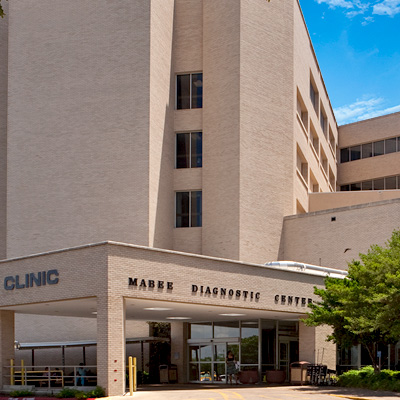
Baylor Scott & White Clinic - Temple
2401 S 31st St , Temple, TX, 76508- Monday: 8:00 am - 5:00 pm
- Tuesday: 8:00 am - 5:00 pm
- Wednesday: 8:00 am - 5:00 pm
- Thursday: 8:00 am - 5:00 pm
- Friday: 8:00 am - 5:00 pm
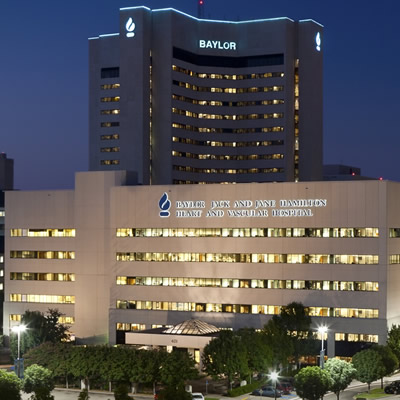
Baylor Scott & White Heart and Vascular Hospital - Dallas
621 N Hall St , Dallas, TX, 75226
Baylor Scott & White Heart and Vascular Hospital - Fort Worth
1400 8th Ave Bldg A, 6th Floor, Fort Worth, TX, 76104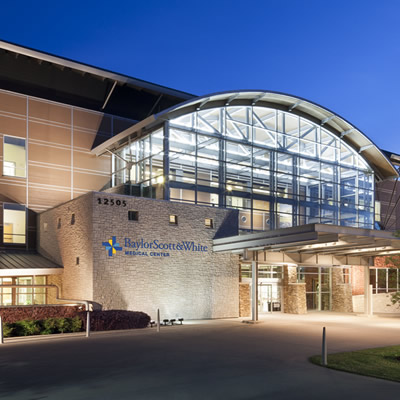
Baylor Scott & White Medical Center - Centennial
12505 Lebanon Rd , Frisco, TX, 75035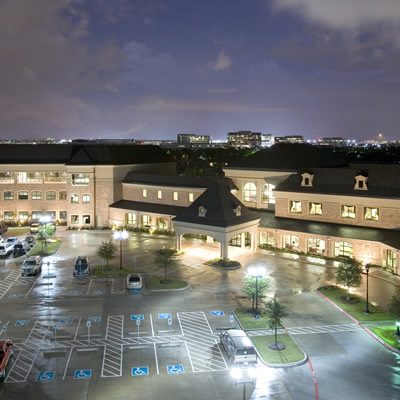
Baylor Scott & White Medical Center - Frisco
5601 Warren Pkwy , Frisco, TX, 75034
Baylor Scott & White Medical Center - Grapevine
1650 W College St , Grapevine, TX, 76051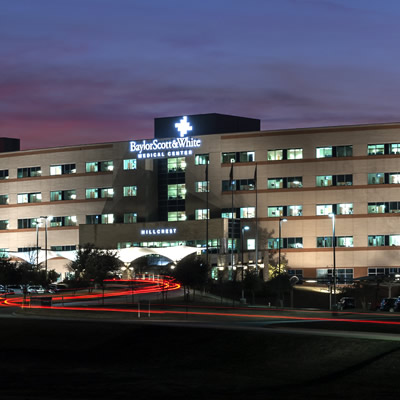
Baylor Scott & White Medical Center - Hillcrest
100 Hillcrest Medical Blvd , Waco, TX, 76712
Baylor Scott & White Medical Center - Irving
1901 N MacArthur Blvd , Irving, TX, 75061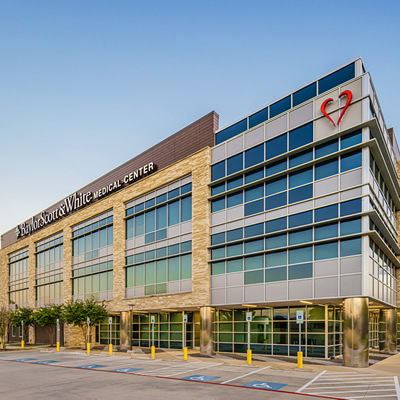
Baylor Scott & White Medical Center - Lake Pointe
6800 Scenic Dr , Rowlett, TX, 75088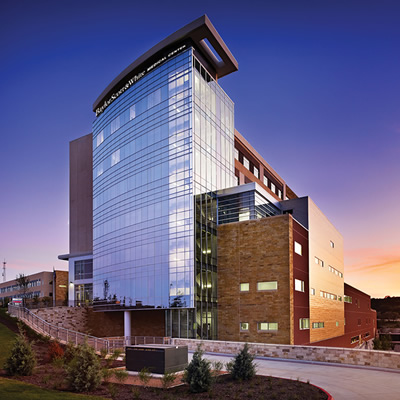
Baylor Scott & White Medical Center - Lakeway
100 Medical Pkwy , Lakeway, TX, 78738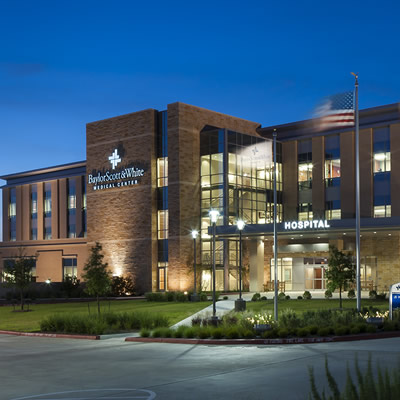
Baylor Scott & White Medical Center - Marble Falls
810 W State Hwy 71 , Marble Falls, TX, 78654
Baylor Scott & White Medical Center - McKinney
5252 W University Dr Highway 380 at Lake Forest Drive, McKinney, TX, 75071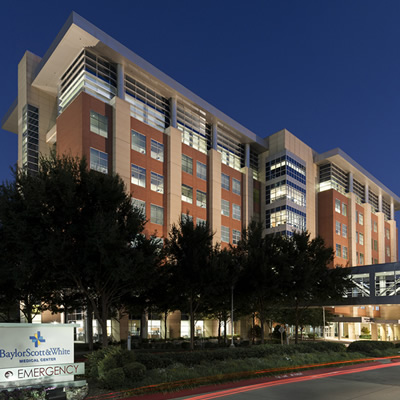
Baylor Scott & White Medical Center - Plano
4700 Alliance Blvd , Plano, TX, 75093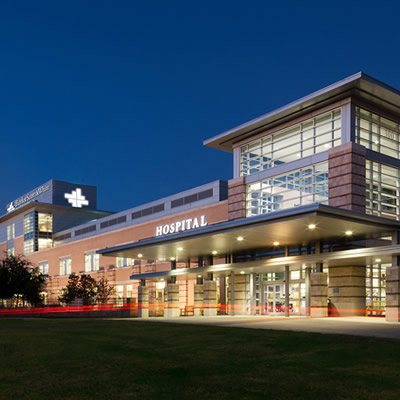
Baylor Scott & White Medical Center - Round Rock
300 University Blvd , Round Rock, TX, 78665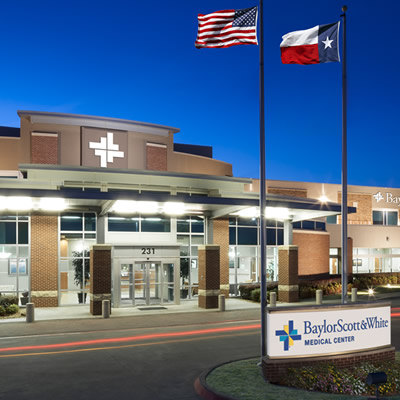
Baylor Scott & White Medical Center - Sunnyvale
231 S Collins Rd , Sunnyvale, TX, 75182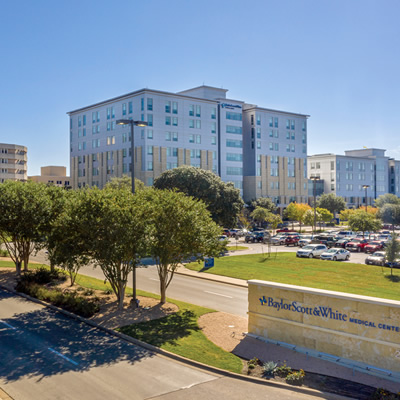
Baylor Scott & White Medical Center - Temple
2401 S 31st St , Temple, TX, 76508
Baylor Scott & White Medical Center - Waxahachie
2400 N Interstate 35E , Waxahachie, TX, 75165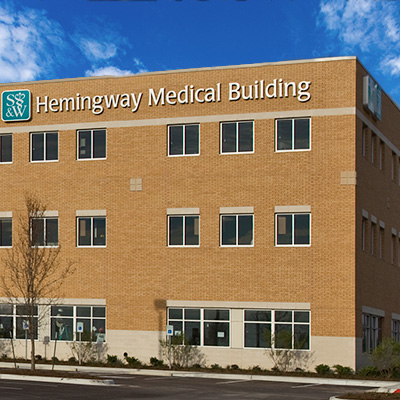
Baylor Scott & White Specialty Clinic - Killeen Hemingway
2405 S Clear Creek Rd , Killeen, TX, 76549- Monday: 8:00 am - 5:00 pm
- Tuesday: 8:00 am - 5:00 pm
- Wednesday: 8:00 am - 5:00 pm
- Thursday: 8:00 am - 5:00 pm
- Friday: 8:00 am - 5:00 pm
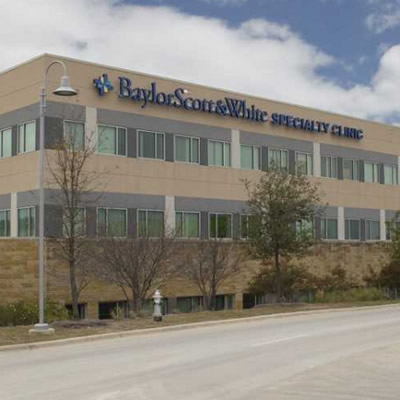
Baylor Scott & White Specialty Clinic - Lakeway
200 Medical Pkwy , Lakeway, TX, 78738- Monday: 8:00 am - 5:00 pm
- Tuesday: 8:00 am - 5:00 pm
- Wednesday: 8:00 am - 5:00 pm
- Thursday: 8:00 am - 5:00 pm
- Friday: 8:00 am - 5:00 pm
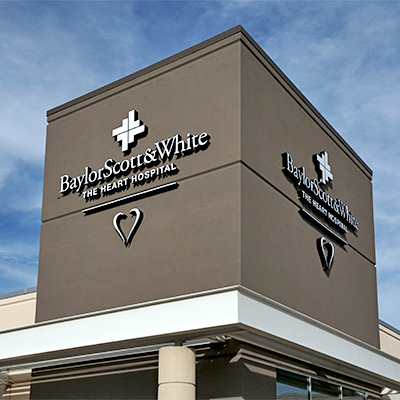
Baylor Scott & White The Heart Hospital - Denton
2801 S Mayhill Rd , Denton, TX, 76208
Baylor Scott & White The Heart Hospital - McKinney
5268 W University Dr , McKinney, TX, 75071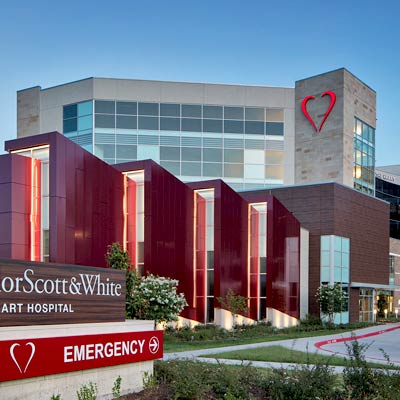
Baylor Scott & White The Heart Hospital - Plano
1100 Allied Dr , Plano, TX, 75093
Baylor Scott & White Vascular and Vein Clinic - Austin
2217 Park Bend Dr Ste 230, Austin, TX, 78758- Monday: 8:00 am - 5:00 pm
- Tuesday: 8:00 am - 5:00 pm
- Wednesday: 8:00 am - 5:00 pm
- Thursday: 8:00 am - 5:00 pm
- Friday: 8:00 am - 5:00 pm

Baylor Scott & White Vascular Surgery Specialists - Fort Worth
1250 8th Ave Ste 200, Fort Worth, TX, 76104- Monday: 8:30 am - 4:30 pm
- Tuesday: 8:30 am - 4:30 pm
- Wednesday: 8:30 am - 4:30 pm
- Thursday: 8:30 am - 4:30 pm
- Friday: 8:30 am - 4:30 pm

Baylor Scott & White Vascular Surgery Specialists - Grapevine
2020 W State Hwy 114 Ste 200, Grapevine, TX, 76051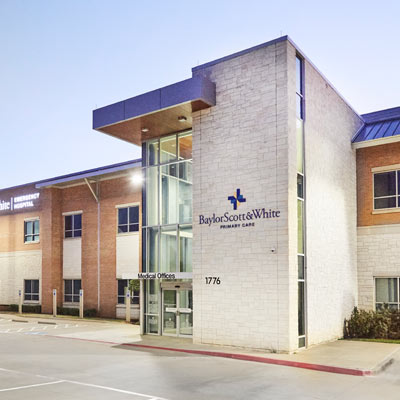
Baylor Scott & White Vascular Surgery Specialists - Mansfield
1776 N US 287 Ste 220, Mansfield, TX, 76063